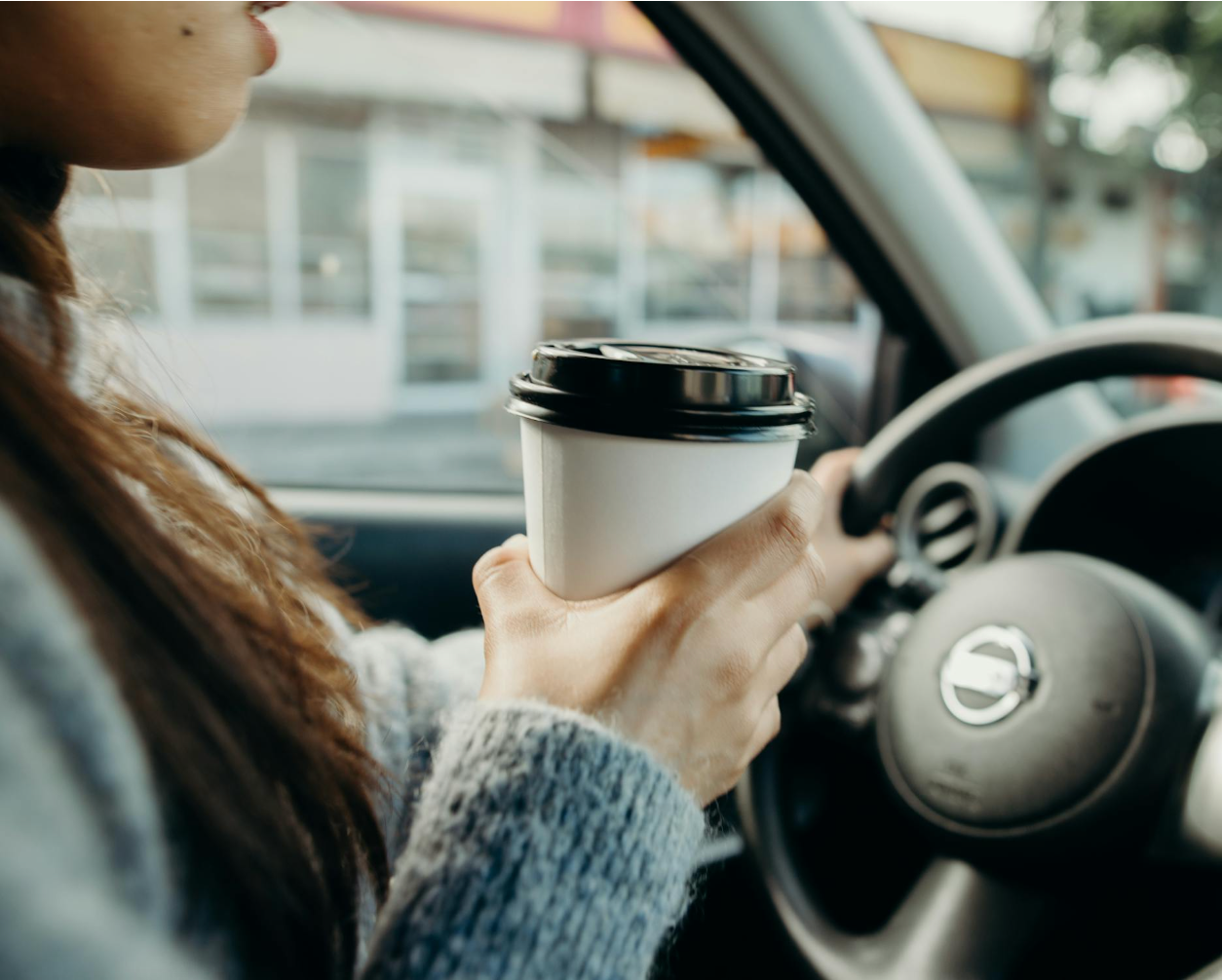Drinking Caffeine, Raising Stereo Volume to Stay Alert Could be Warning Sign for Sleep Apnea
In a new study, nearly a third of participants with OSA reported using > 3 coping strategies, but participants without OSA reported never using > 3 coping strategies.
Credit: Pexels

Although winding the car window, drinking tea or coffee, and turning the radio up to combat drowsiness while driving may seem like common acts, reliance on these strategies to stay alert while driving could be a sign of excessive sleepiness due to obstructive sleep apnea (OSA), according to new research.1
Approximately 1 in 5 people are estimated to have OSA, and many people with this sleep disorder do not know they have it—putting them unknowingly at a greater risk of collisions on the road.
“Up to one fifth of collisions on the road may be caused by fatigue or sleepiness,” said lead investigator, Akshay Dwarakanath, from St. James’ University Hospital in Leeds, UK, in the press release. “Many OSA patients drive either for personal or for professional reasons and there is good evidence to suggest that some patients are at increased risk of collisions on the road.”
OSA is characterized by snoring loudly and having breathing start and stop throughout the night. Sometimes, an individual might wake up several times. Due to driving hazards associated with OSA, Dwarakanath and colleagues conducted research to learn the strategies people use to stay alert behind the wheel.
The study included 119 people, recruited from the sleep clinic at St. James’s University Hospital, Leeds, with OSA who were not receiving treatment (83% male) and 205 individuals without OSA (70% male). Participants with OSA had an Epworth sleepiness scale score of > 10, and the controls had a score of < 10.
Individuals with OSA and without OSA were matched for age and driving experience. Participants answered questions about their sleepiness while driving, strategies to stay awake while driving, and if they had ever been in any driving accidents. The questionnaire also included demographic details, the Epworth sleepiness scale, and the Driving Sleepiness Scale.
The team found people with OSA were more likely to use strategies to stay alert than people without OSA. Common strategies were opening the window, drinking tea or coffee, and turning up the radio. Other strategies included signing or talking to themselves, shifting positions in the seat, chewing gum or eating, stopping for a walk, fidgeting or exercising, stopping for a nap, and stopping to watch their face in cold water.
Nearly a third (29.4%) of people with OSA said they often use > 3 coping strategies. Compared to controls, these individuals felt sleepier in general, reflected by the worse score on the Epworth sleepiness scale (17 +/- 4 vs. 12 +/- 5, P = < 0.0001), as well as sleepier while driving (10 +/- 8 vs. 5 +/- 7, P = .0002), and were more likely to have experienced a driving accident (22.8% vs. 2.4% of OSA patients with ≤ 3 coping strategies; P = .0002).2 In contrast, none of the patients in the group without OSA reported using more than 3 strategies.
Moreover, results suggested patients with OSA were more likely to report an accident or have been involved in an accident in the last year (16.8% vs 2.85%; odds ratio [OR], 6.87; 95% confidence interval [CI] 1.98 – 22.84; P = < .0013). OSA patients reported a greater frequency of nodding > 2 times (11.7%) and near-miss of > 2 times (14.5%) in the last 12 months, but a subgroup analysis found this was not statistically significant.
As highlighted by the investigators, limitations of the study were only including participants with severe OSA, not performing sleep studies in controls, not requiring a validated road test, and not noting specific countermeasures as taking a nap after 30 minutes is very different than several hours later. The team also did not evaluate the impact of age, gender, or sociocultural factors.
“Our research suggests that untreated OSA patients often use coping strategies that could be surrogate markers of sleepiness,” Dwarakanath said in the press release.1 “Asking about these strategies in the clinic may help doctors identifying patients who are at risk of driving incidents and to advise appropriately.”
References
- Winding Down The Window, Drinking Tea And Coffee, Turning The Radio Up And Singing While Driving Could Be Signs Of A Dangerous Snoring Condition. EurekAlert! January 17, 2024. https://www.eurekalert.org/news-releases/1031236. Accessed January 18, 2024.
- Dwarakanath A, Palissery V, Ghosh D, et al. An exploratory study evaluating the use of coping strategies whilst driving in Obstructive Sleep Apnoea Syndrome patients and controls. ERJ Open Res 2023; in press (https://doi.org/10.1183/23120541.00638-2023).